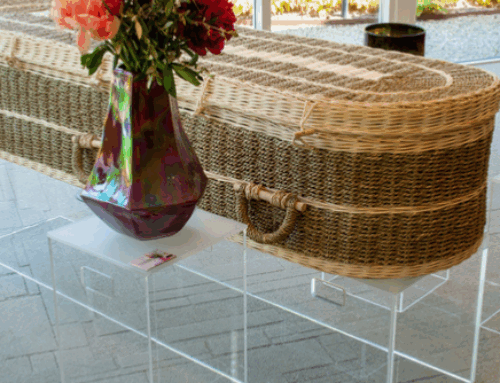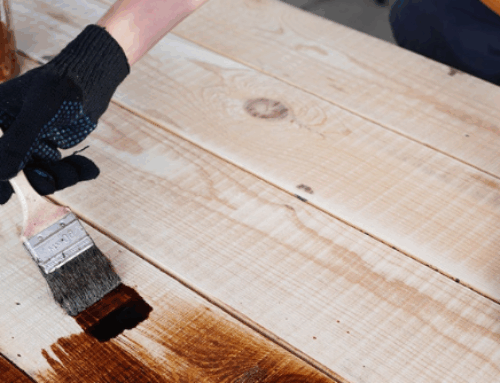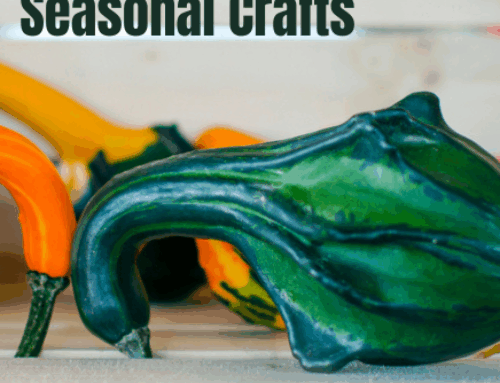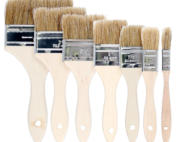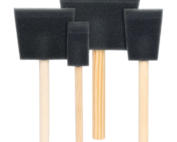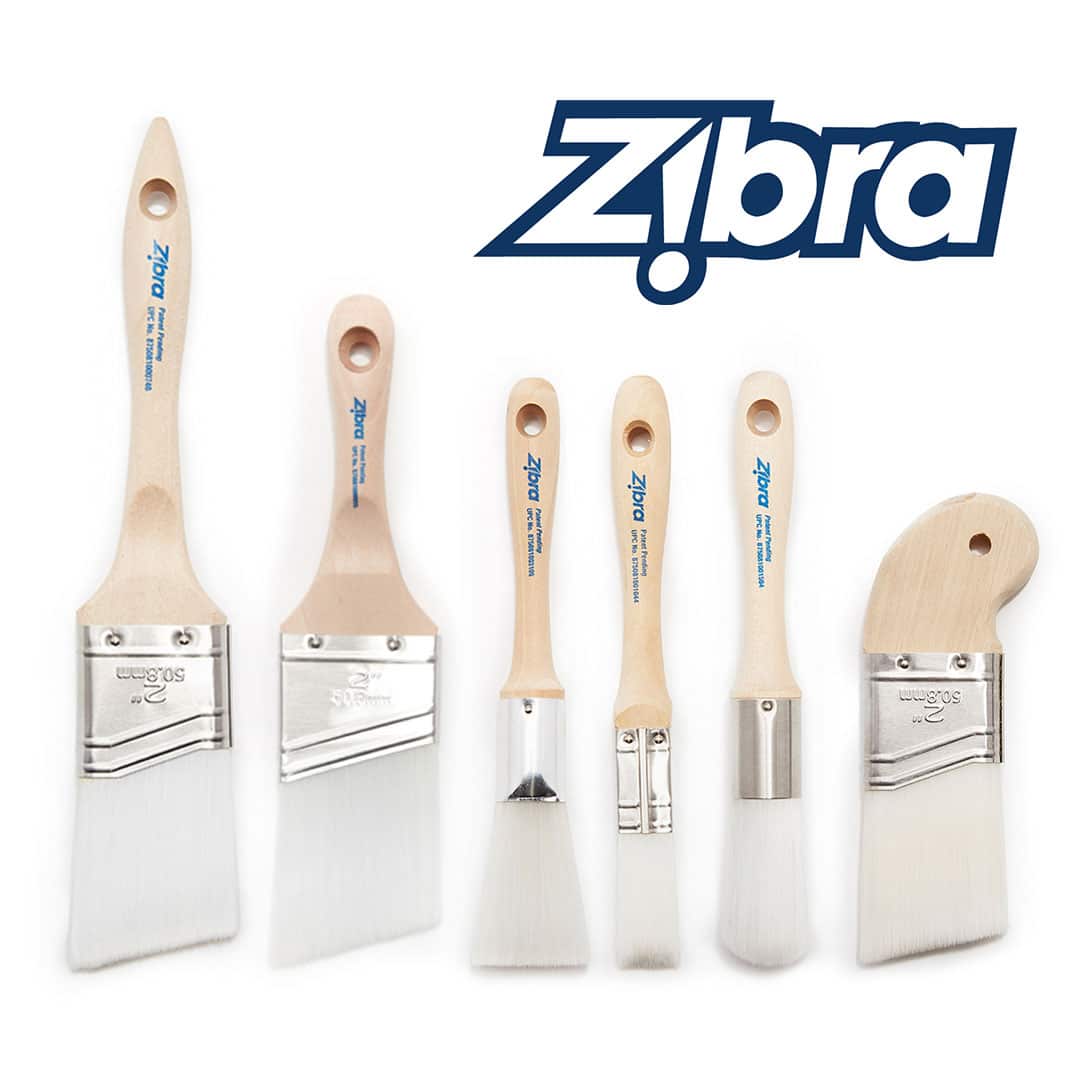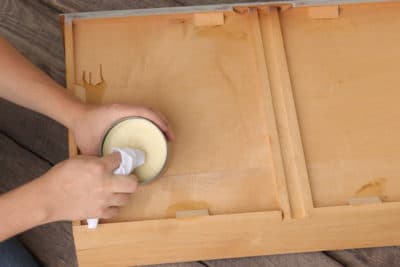 From varnish and lacquer to polyurethane and shellac, wood finish products abound to give your DIY projects a smooth, protective sealer, but many companies use toxic solvents in both that makes them unsuitable for conscientious woodworkers. Two product types, however, stand out when you want eco-friendly options that stand the test of time — wood wax and wood oil from the Real Milk Paint Co. While these wood finish product types have similarities, they have just as many differences. When deciding which wood finish works best for your particular project, refer to this wood wax vs oil primer to make your decision.
From varnish and lacquer to polyurethane and shellac, wood finish products abound to give your DIY projects a smooth, protective sealer, but many companies use toxic solvents in both that makes them unsuitable for conscientious woodworkers. Two product types, however, stand out when you want eco-friendly options that stand the test of time — wood wax and wood oil from the Real Milk Paint Co. While these wood finish product types have similarities, they have just as many differences. When deciding which wood finish works best for your particular project, refer to this wood wax vs oil primer to make your decision.
Wood Wax vs Oil Types and Uses
Even within wood finish families from the Real Milk Paint Co., differences exist between products. For this reason, it helps to know the main characteristics of each and how to best use them in your woodworking projects.
Wax Wood Finishes
Wax finishes add durability to wood furniture, and multiple options from tinted to clear finishes ensure you get just the hue and amount of sheen you desire. To maintain surfaces finished with waxes from the Real Milk Paint Co., simply reapply them with a soft cloth or wax brush as needed.
Wood Wax
When you want a wax finish that’s safe for food contact, turn to Wood Wax by the Real Milk Paint Co. This all-natural wax made from plant-based ingredients — carnauba wax and walnut oil — provides a vegan-friendly option for completing the look of DIY projects destined for use either in the kitchen or to add some much-needed shine to home decor and furnishings throughout the rest of your home.
Zero VOC Wax
Zero VOC Wax is basically a tinted alternative to our Wood Wax, with the same natural ingredients. This food-safe sealer comes in warm black and chestnut brown to add a hint of color to surfaces, making it suitable for woodworking projects you wish to distress or antique. This creamy wax also works well over Real Milk Paint-covered surfaces and those coated with our finishing glazes.
Soapstone Sealer
While many wax finishes only work on wood, our Soapstone Sealer also works on other porous surfaces such as concrete, slate and even countertops without a gloss finish. Vegan-friendly and safe for food contact, Soapstone Sealer imbues a low-luster look without demanding application or reapplication of mineral oil. Like the wood waxes mentioned above, Soapstone Sealer utilizes carnauba wax and walnut oil to work its all-natural magic.
Good Ol’ Brown Wax
Our Good Ol’ Brown Wax works best when you want to improve wood look due to nicks and scratches. This carnauba wax formulation restores sheen to surfaces, whether they’re covered with wood stains, milk paint or other finishes. The creamy consistency requires just a little buffing to fill in minor damage to the wood, making it a great choice for maintaining tabletops and furniture finishes.
Carnauba Wax
This clear paste wax formulation imparts a high-sheen finish to the grain of wood without stickiness or tackiness. For this reason, our Carnauba Wax works great as a hard wax oil alternative on any type of wood coated with Real Milk Paint. We also offer Carnauba Wax Flakes if you prefer mixing your own special formulations or using it without additives.
Soft Wax
Ideal for refinishing furniture, our Soft Wax sealant comes in clear, white, gray, ebony and dark brown to help you achieve a flawless wood finish. This wood wax is made with beeswax and a hint of carnauba wax for a creamy finish that glides on smoothly without the need for lots of buffing. The various color options also make Soft Wax perfect for creating a distressed or antique wood look.
Myland’s Wax
Made with turpentine, Myland’s Wax may require an open window for application due to some finding the odor unpleasant. This toluene-free formulation, however, combines high-quality waxes — carnauba wax, shellac wax and beeswax — for a top-notch wood finish that imbues a rich glow to most any type of wood. Myland’s Wax comes in clear, antique mahogany, antique brown and antique pine, with tinted options ideal for reducing the look of scratches and abrasions on furniture finishes.
Oil Wood Finishes
Oil wood finishes work best on raw or dense woods, imbuing a water-resistant coating ideal for surfaces such as butcher block countertops and cutting boards. Keep in mind that our oil finishes require diluting with solvents to ensure optimal penetration. For that reason, we make our own to the same food-safe standards as our oil finishes themselves. Simply mix our oils with our Citrus Solvent or Odorless Mineral Spirits, or choose pre-mixed wood finish products such as Half and Half or Dark Half.
Tung Oil
Made from chinawood oil, our Pure Tung Oil dries hard and delivers a beautifully lustrous finish. Environmentally friendly and food-safe, this all-natural oil evaporates into the wood after you rub it on with a soft cloth, showcasing the wood grain and ensuring water resistance. Though Pure Tung Oil dries to a slightly darker hue, we also offer Dark Tung Oil if you require a deeper, richer finish.
Hemp Oil
If you don’t want to cut your finish with a solvent, then our Hemp Oil is the wood finish for you. Just as suitable for use over Real Milk Paint and raw wood as over chalk paint or old wood finishes, this versatile oil has a thin viscosity for deep, reliable penetration on porous surfaces. Its hypoallergenic formulation that’s safe for food contact makes it a nice alternative to harsher finishing oils such as linseed oil and Danish oil.
Outdoor Defense Oil
When you want to use your project outside, select our Outdoor Defense Oil for finishing the wood. A nontoxic combination of pure tung oil, pine oil and zinc, this outdoor finish also works great on concrete, stone and brick for a versatile way to add a protective outdoor furniture finish. It mixes with all oils made by the Real Milk Paint Co., making it simple to create customized formulations suited to your home improvement or woodworking projects.
Wood Wax and Oil Finish Ingredients
Nontoxic ingredients such as solvents that need flashing off surfaces aren’t an issue when you use wood finish products from the Real Milk Paint Co. Our eco-friendly products contain low to no volatile organic compounds, and many offer a food-safe wood finish option for cutting boards, butcher block countertops and kitchen utensils such as wooden bowls and spoons. No matter where you stand in the wood wax vs oil debate, though, our natural oils and waxes don’t require extra ventilation for application, making them suitable for use in any workshop, no matter the season.
Oil vs Wax Wood Finish Application
Both oil and wax wood finishes offer easy application, requiring you glide them on the surface of the wood with a high-quality brush or rub them in with a soft cloth. Depending on the surface you’re finishing, though, different numbers of coats may be required. For example, when you’re finishing butcher blocks, cutting boards and wooden bowls or spoons with our wood oils, you typically have to keep adding thin coats until the grain of the wood simply doesn’t absorb any more. Typically, though, this only requires three to four applications. With wood wax, one or two thin layers are usually all you need when applying them over milk paint. If you’re using our waxes on wood furniture covered with chalk paint, however, you may need to add more to increase durability.
In the wood wax vs oil debate, neither wood finish product wins or loses. Instead, each wood finish works wonderfully on different types of projects, making it more of a debate on when to use each in your woodworking crafts.
